Plants
Insectary Plants
There are many ways we can use plants in the garden to aid in our quest to produce the best vegetables we could possibly eat. By making use of their beneficial qualities, we can improve the soil and plants around them, and hopefully reduce the need for insecticides.
Insectary plants are those plants that have some important interaction with insects, whether it is to attract beneficial insects or to repel pests.
Following is a list of plants you can use to attract insects listed by beneficial or pest
Insectary plants are those plants that have some important interaction with insects, whether it is to attract beneficial insects or to repel pests.
Following is a list of plants you can use to attract insects listed by beneficial or pest

Chamomile flowers
Attracting beneficials

Assassin bugs
Alfalfa / Carrot / Oleander
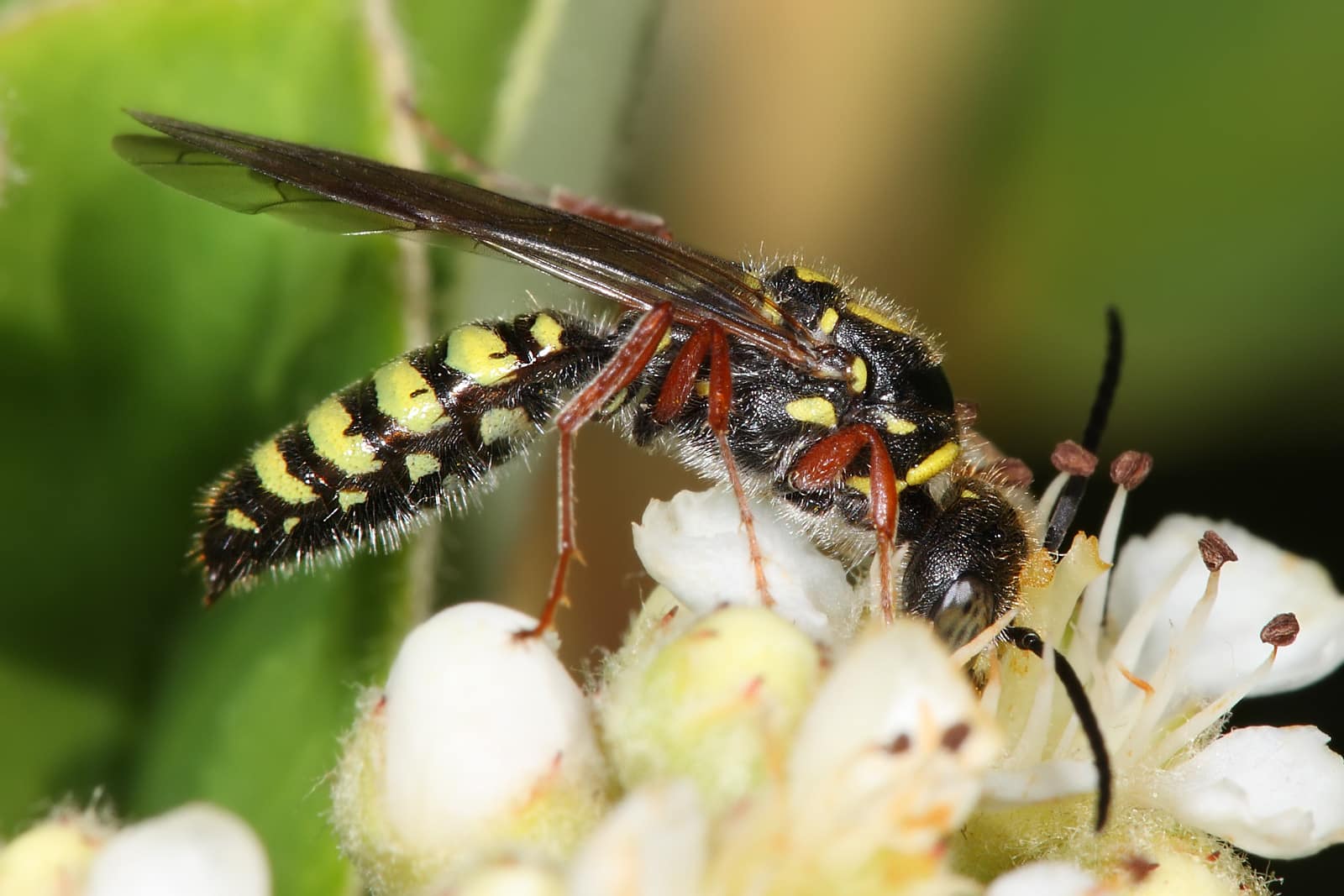
Aphidius wasps
Artemisia (daisy family) / Artichoke / Aster / Calendulars / Chickory / Chrysanthemum / Dandelion / Endive / Feverfew / Lettuce / Tansy / Marigolds / Salsify / Sunflowers / Yarrow / Lupin
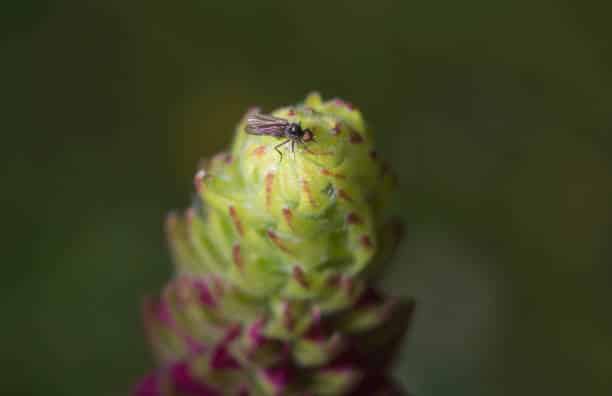
Aphidoletes fly
Lupin / Daisies such as Calendula, Chamomile, Yarrow, Feverfew, Sunflowers / Umbers such as Dill, Fennel, Angelica, Parsley, Coriander / Lavender / Lupin / Salvias

Bees
Particularly like Lavender / Fennel / Lemon balm / Basil / Coriander / Thyme / Borage

Big-eyed bug
Alfalfa / Carrot / Oleander

Damsel bug
Fennel / Caraway / White cosmos / Alfalfa / Spearmint / Lemon marigold
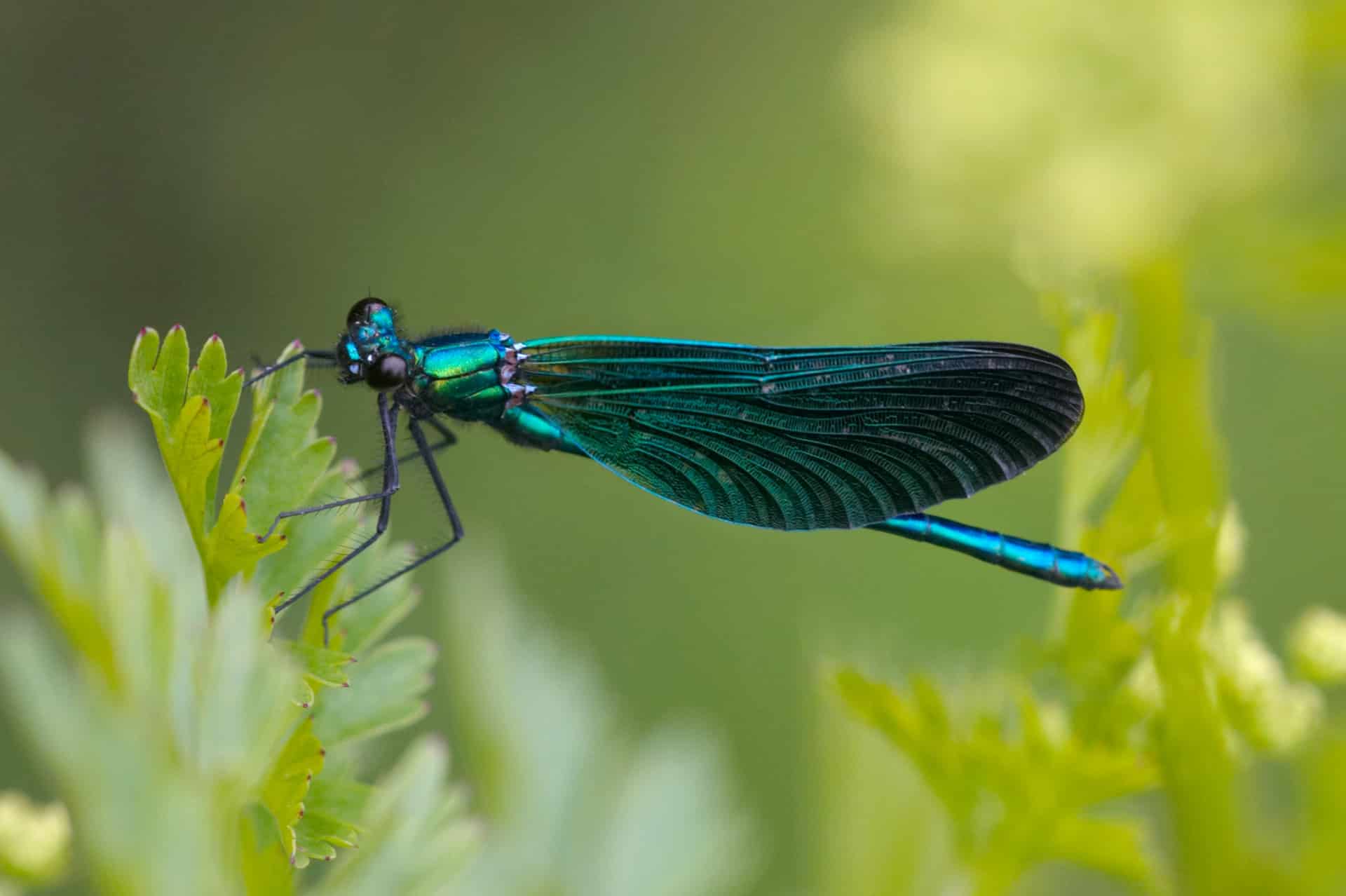
Damsel fly
Australian natives and other flowering plants that attract nectar-feeding prey.
Water features and ponds provide breeding grounds.
Water features and ponds provide breeding grounds.
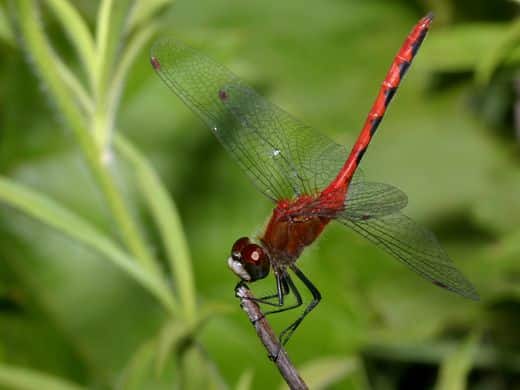
Dragon fly
Australian natives and other flowering plants that attract nectar-feeding prey.
Water features and ponds provide breeding grounds
Water features and ponds provide breeding grounds
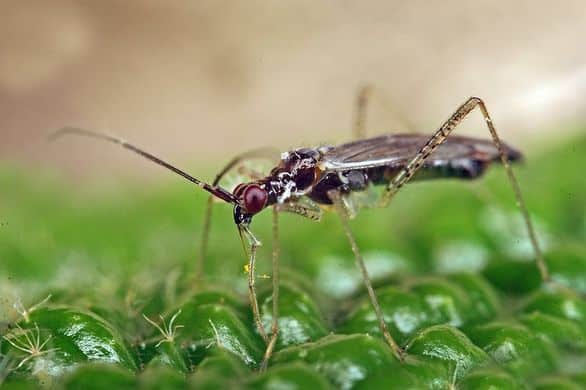
Dicyphus
Mullein / Foxglove
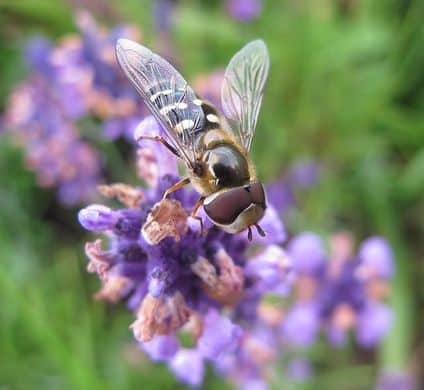
Hoverflies
Alyssum / Lavender / Statice / Lupin / Nasturtiums / Pincushion / Queen Anne’s lace / Thyme / Zinnia / Parsley

Lacewings
Angelica / Carrot / Oleander / Cosmos / Tansy / Queen Ann’s lace / Daisy / Family / Dill / Fennel / Alyssum

Ladybeetles
Alfalfa / Angelica / Marigold / Oleander / Yarrow / Queen Ann’s lace / Tansy / Dwarf marigold / Dill / Fennel

Minute pirate bug
Alfalfa / Carrot / Oleander / Shasta daisy / Sunflower / Caraway / Fennel / Spearmint
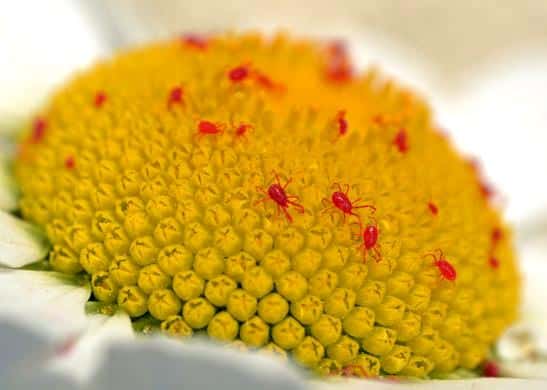
Mites (beneficial)
Shasta daisy / Sunflower

Praying mantis
Cosmos / Raspberries and other brambles
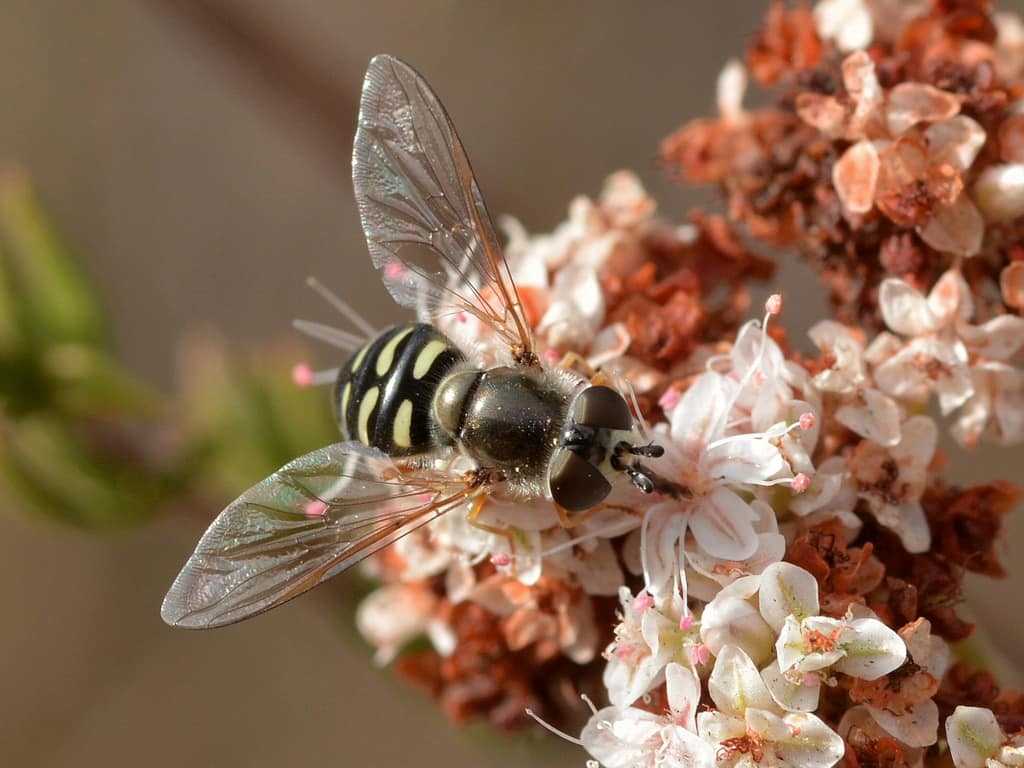
Tachinid flies
Buckwheat / Coriander / White clover / Lemon balm / Parsley
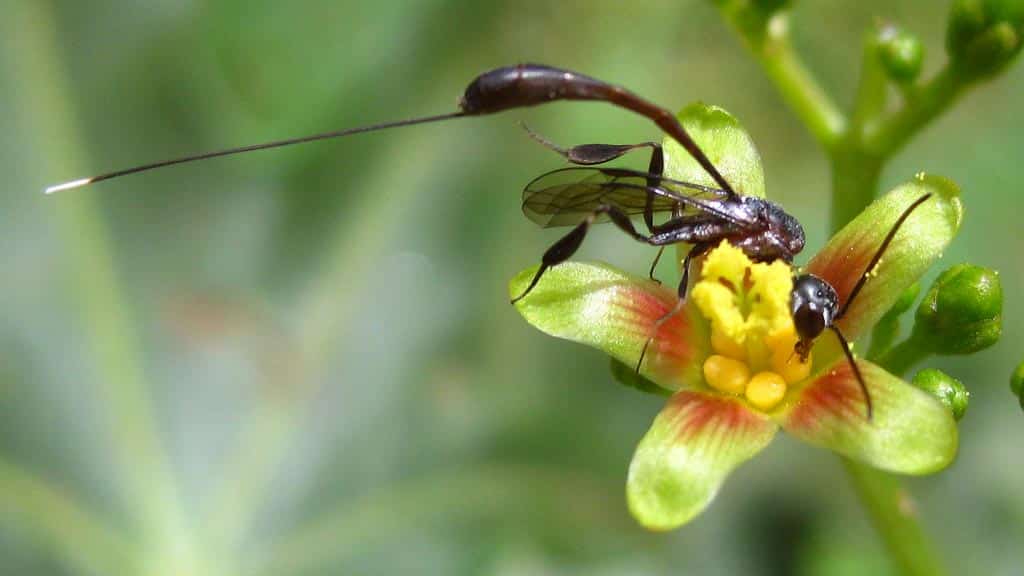
Wasps (parasitic)
Alfalfa / Angelica / Carrot / Fennel / Oleander / Rue / White clover / Yarrow / Rose geranium / Lemon balm / Statice (everlasting paper flowers) / Parsley / Pincushion / Queen Ann’s lace / Sunflowers
Deterring pests
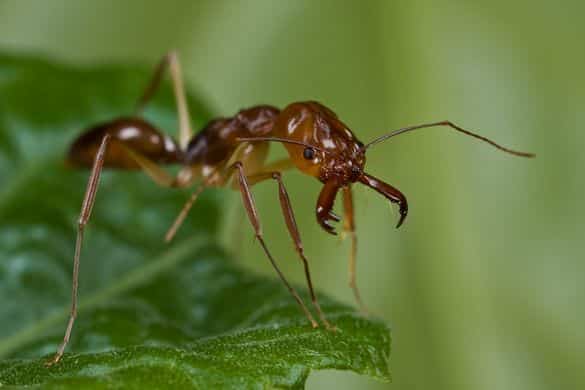
Ants
Pennyroyal / Southernwood / Mugwort / Sagebush / Wormwood / Tarragon / Chrysanthemums / Catnip / Lad’s love / Mint (mixed with parsley, dried or fresh) / Spearmint / Tansy / Plecanthrus (tropical coleus)
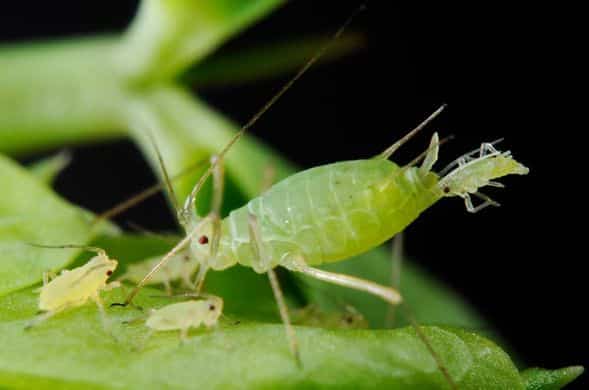
Aphids
Nasturtium / Alliums (onion family) / Parsley / Mint
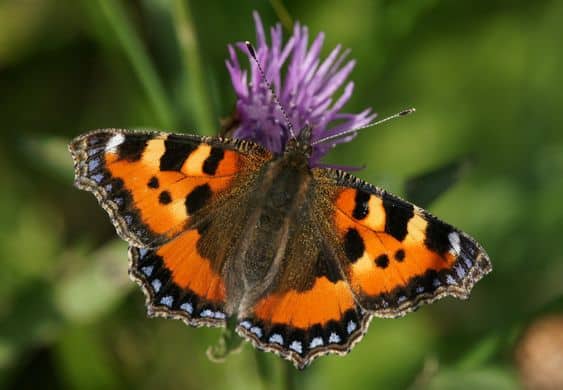
Butterflies and moths
Sage / Rosemary / Hyssop / Thyme / Dill / Southernwood / Mint / Chamomile
Land cress (Barbarea vulgaris), belonging to the mustard family, can be planted near brassicas as a ‘trap and kill’ plant. Moths and butterflies are attracted to this plant, favouring it over brassicas, and lay their eggs on it. When the larvae hatch and begin to eat it they will actually be poisoned and die.
Also known as winter rocket, bittercress, herb Barbara, and upland cress.
Land cress (Barbarea vulgaris), belonging to the mustard family, can be planted near brassicas as a ‘trap and kill’ plant. Moths and butterflies are attracted to this plant, favouring it over brassicas, and lay their eggs on it. When the larvae hatch and begin to eat it they will actually be poisoned and die.
Also known as winter rocket, bittercress, herb Barbara, and upland cress.

Cut worms
Tansy:
- plant near susceptible crops
- when planting new seedlings, bruise a few shoots and leaves and strew around, or squeeze juice and smear on the stems of the new plants
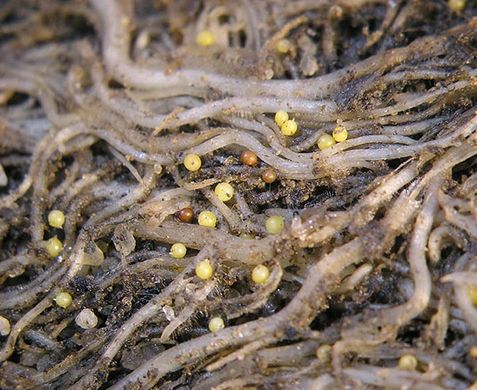
Eelworms or nematodes
Marigolds / Mustard plants / Chrysanthemum (especially dahlia)
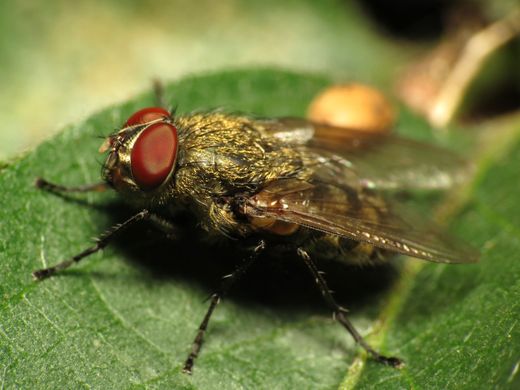
Flies
Basil – White fly/ House fly/ Fruit fly (especially around tomatoes)
Chives – Carrot fly
Daisy family including mugwort, sagebush, wormwood, tarragon, southernwood: break off branches and strew around the garden – White fly/ Carrot fly
Chives – Carrot fly
Daisy family including mugwort, sagebush, wormwood, tarragon, southernwood: break off branches and strew around the garden – White fly/ Carrot fly
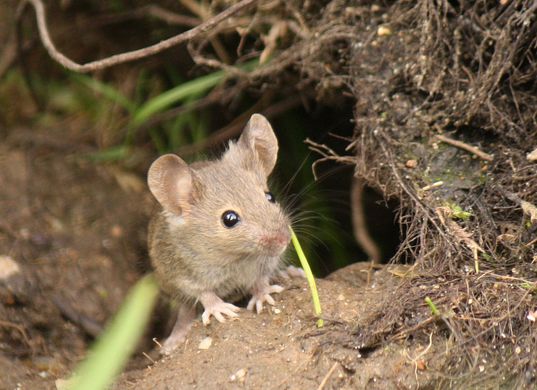
Mice
Artemisias / Spearmint / Peppermint
- Daisy family including mugwort, sagebush, wormwood, tarragon, southernwood: break off branches and strew around the garden
- Daisy family including mugwort, sagebush, wormwood, tarragon, southernwood: break off branches and strew around the garden

Thrips
Less likely to attack plants growing near pyrethrum

